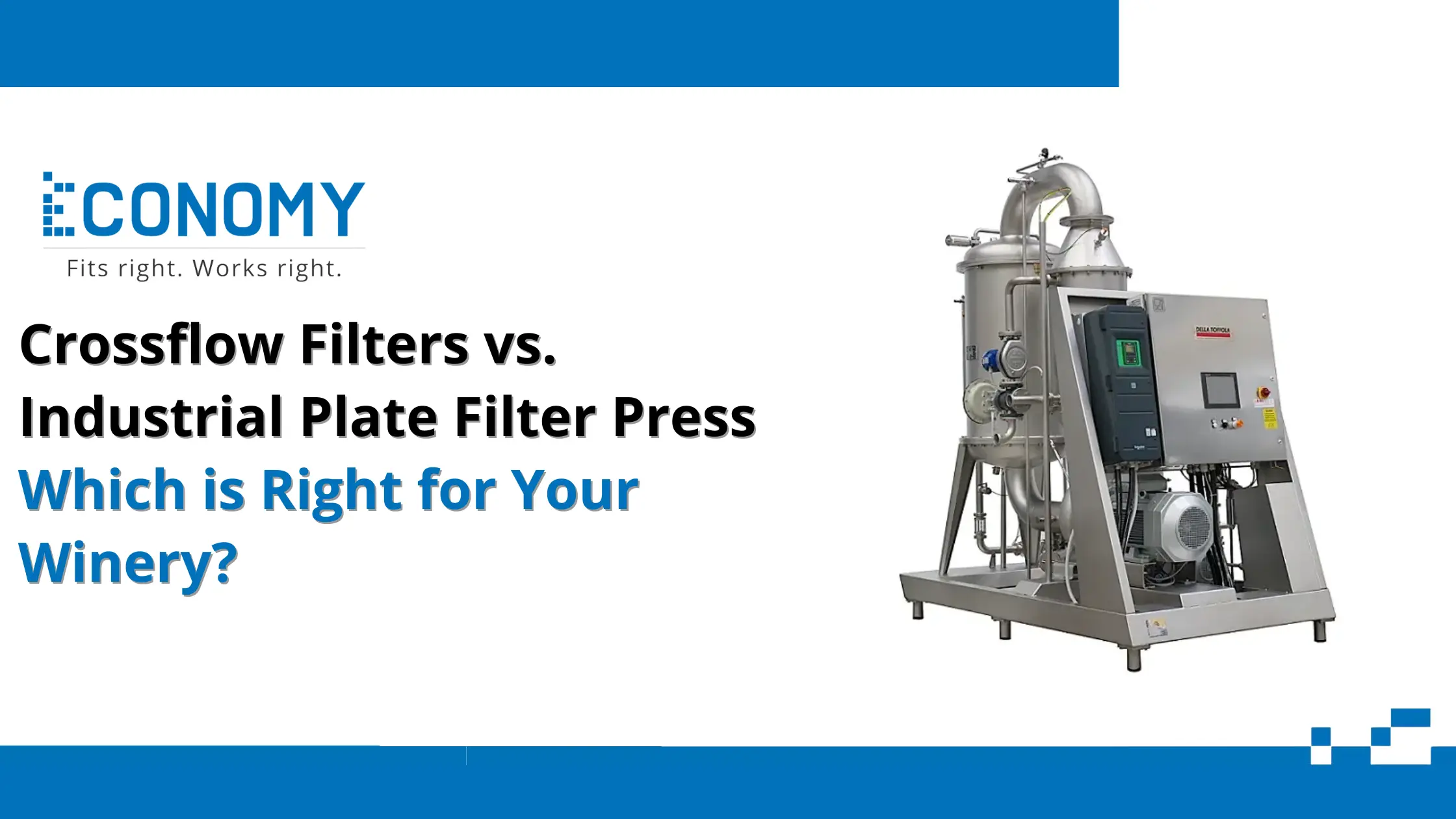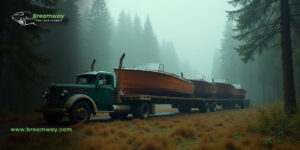Crossflow Filters vs Industrial Plate Filter Press
What is Crossflow Filtration and How Does It Work?
Crossflow filtration is a cutting-edge method of wine clarification that has gained popularity in modern wineries due to its efficiency and precision. This process involves wine flowing tangentially along the surface of a membrane, allowing clean wine to pass through while retaining particles like yeast, bacteria, and suspended solids. The continuous flow prevents filter clogging and maintains consistent pressure and clarity. Most systems use hollow fiber or spiral wound membranes, and the process is fully automated, minimizing human error and labor. Crossflow filtration is particularly known for reducing wine loss, improving clarity, and achieving sterile filtration without requiring any filter aid materials.
Comparing Crossflow Filters and Plate Filter Presses
When it comes to winery filtration, Crossflow vs plate filter press serve the same purpose — clarifying wine — but they operate in fundamentally different ways and deliver different results.
Crossflow Filters:
-
Operate continuously with little supervision.
-
Achieve high clarity and microbiological stability.
-
Eliminate the need for disposable filter aids.
-
Reduce wine loss by circulating the product until full filtration is achieved.
Plate Filter Presses:
-
Use stacked filter plates lined with pads to trap solids.
-
Require periodic replacement of filter pads.
-
Typically involve a batch-based operation.
-
Often require filter aids like kieselguhr (diatomaceous earth).
While plate filter presses are tried and tested, crossflow systems bring a technological edge, especially for wineries focused on consistency, sustainability, and hygiene.
Disadvantages of Plate and Frame Filter Presses
Though widely used, plate and frame filter presses present several drawbacks, especially when compared to more modern systems:
-
Manual Handling: These systems require manual assembly, disassembly, and cleaning, leading to higher labor costs and time consumption.
-
Wine Absorption: Filter pads absorb a noticeable amount of wine, which reduces yield.
-
Use of Filter Aids: Many setups depend on filter aids that can pose health hazards and complicate waste disposal.
-
Inconsistent Filtration Quality: Over time, pads may clog or break, leading to variations in clarity and throughput.
-
Space Requirements: Plate presses can occupy significant floor space and require dedicated cleaning areas.
These factors can impact production timelines and wine quality, especially in high-output environments.
Types of Filter Presses
There are multiple types of plate filter presses tailored to different winery sizes and needs:
-
Standard Plate and Frame Presses: Use square frames and filter sheets, ideal for small to mid-sized batches.
-
Membrane Plate Presses: These presses use flexible membranes to press the wine more efficiently and increase yield.
-
Automatic Plate Shifting Presses: Equipped with automation for shifting plates and cleaning, which reduces manual labor.
-
Vertical Plate Filter Presses: More compact in design, these are suitable for wineries with limited floor space.
Each type has its pros and cons, but all require careful handling and regular maintenance.
Choosing the Right Filtration Method for Your Winery
Choosing between a crossflow filter and a plate filter press comes down to operational priorities. Crossflow filtration is ideal for wineries that value:
-
Consistent filtration quality.
-
Microbiological stability.
-
Reduced environmental impact.
-
Long-term labor and material cost savings.
On the other hand, plate filter presses may be a better fit for:
-
Wineries with tight budgets.
-
Operations that rely on traditional methods.
-
Smaller production runs where automation may not be justified.
Evaluating your production goals and workflow will help identify the best fit for your winery.
Factors to Consider in Your Decision
When deciding which filtration system to invest in, consider the following:
-
Batch Size and Frequency: Larger batches or continuous operations benefit more from crossflow filtration.
-
Labor Force: Crossflow filters reduce the need for skilled labor, making them ideal where manpower is limited.
-
Filtration Fineness: Crossflow filters can achieve finer filtration in a single pass, while plate filters might need multiple stages.
-
Budget Constraints: Initial costs for crossflow systems are higher, but operational savings over time can offset the investment.
-
Waste Management: Crossflow systems produce less solid waste and require no hazardous filter aids, making them more eco-friendly.
Wine Type and Its Influence on Filtration Needs
The type of wine being produced heavily influences the filtration choice:
-
White Wines: Typically demand high clarity and are more sensitive to microbial spoilage. Crossflow filtration is generally preferred.
-
Red Wines: Can tolerate more turbidity and are often filtered less aggressively, allowing both systems to be used effectively.
-
Sparkling Wines: Require sterile filtration to prevent refermentation in the bottle, making crossflow systems a safer choice.
-
Natural or Low-Intervention Wines: These might benefit from minimal processing, and plate filtration with coarse pads may be more appropriate.
Understanding the characteristics of your wine styles is crucial in tailoring your filtration approach.
Making the Best Choice for Your Winery
Ultimately, the right filtration system depends on your winery’s scale, goals, and philosophy. Crossflow filtration is a smart investment for wineries prioritizing automation, sustainability, and high-quality output. It ensures minimal wine loss, consistent clarity, and a hygienic process that’s easier to manage in the long term.
However, if your winery has a smaller production volume, lower upfront capital, or a team experienced in traditional methods, a plate filter press may still serve your needs well — particularly if your filtration requirements are moderate.
As winemaking evolves, more wineries are shifting to crossflow filtration for its efficiency, cleanliness, and product protection. But regardless of your choice, investing in the right system is essential to ensure your wine reaches consumers in its best possible form.












